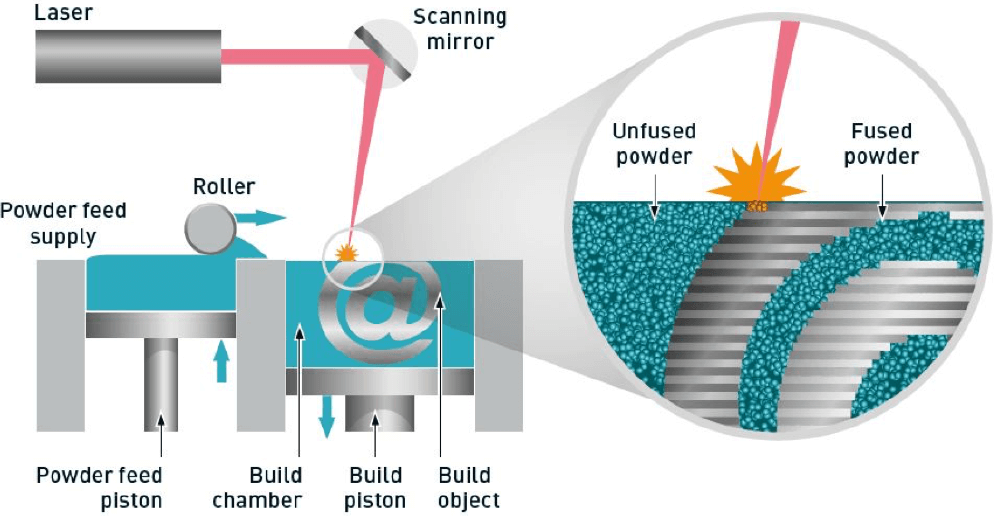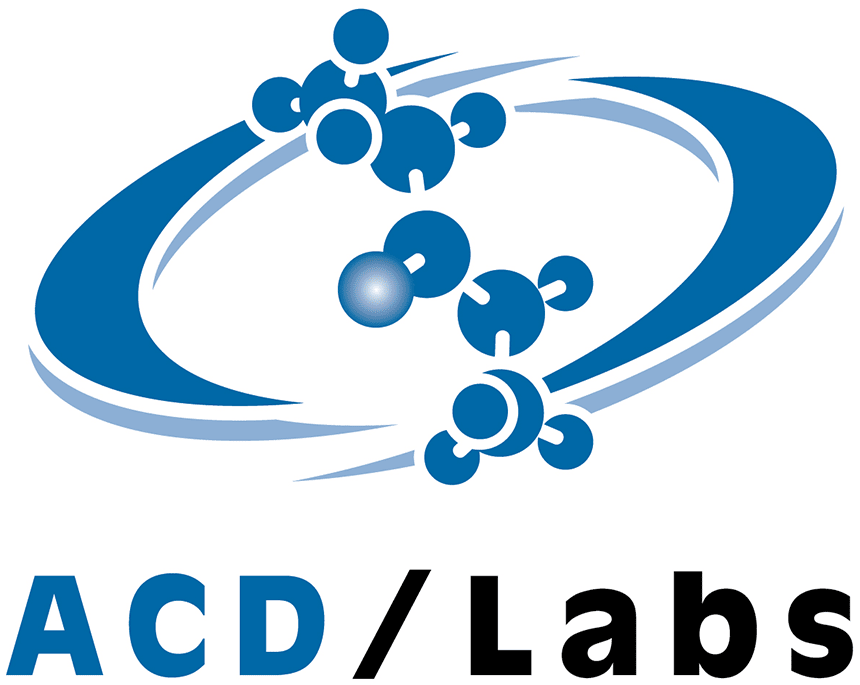Beyond chemistry, it is the physical characteristics of a metal powder, such as packing density and flowability, that determine AM performance. Powders that pack consistently with high density are associated with the production of consistent-quality components with fewer flaws, while good flowability enables the powder to spread evenly and smoothly across a bed to form a uniform layer with no air voids.
The size and shape of metal powder particles affect powder bed packing and flowability. In turn, these features impact the build quality and final properties of components manufactured using AM. As such, understanding and optimizing particle size and shape is critical to the success of powder-bed AM. Laser diffraction and automated image analysis are complementary tools that can be used to characterize and optimize metal powders for a range of powder-bed AM processes.






